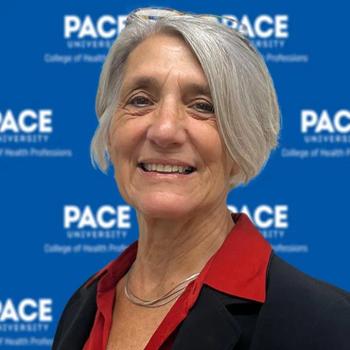
Identify future profit pools to improve performance
Today, healthcare executives are contemplating what they must do to generate sustainable, profitable growth in the new healthcare environment.
To estimate accessible headroom, companies should develop a perspective on the size of the "switcher market"-that is, those customers that will migrate given the right brand and product/service offer. Better understanding customers' needs, determining what product and service attributes will best address these needs, and developing offers that close any identified needs/offer gaps (and that customers are willing to pay for) are the best avenues for unlocking profitable growth.
Given new medical loss ratio thresholds, insurers will also have to determine which costs are yielding the requisite returns. What care pathways should be instituted? Should narrow provider networks be aggressively pursued, and if so, for which member segments? Can medical directors be deployed onsite to help improve and speed the delivery of care? All of this entails differentiating between "good" and "bad" costs-that is, assessing those investments that deliver true customer benefit and yield an economic return and those that don't.
IDENTIFY, ASSESS AND CAPTURE
Finally, companies should actively seek alternative sources of profitable growth in adjacent markets. Administrative services, international insurance, patient analytics, wellness, pharmacy benefits, claims management, etc. are examples of extensions that insurance companies have or are currently considering investing in. The approach for identifying attractive adjacent market opportunities is similar to that used to identify the most attractive core market segments. Determine each market's future profit potential, estimate how much accessible headroom for profitable growth exists, and assess the company's ability to capture the headroom.
Evaluating fit with the company's current offers, assets and capabilities, understanding the potential for generating a sustainable competitive advantage in the new market, and assessing execution risk are all critical factors in determining whether and how the available profits can be attained.
Ultimately, insurers that identify and serve the largest profit pools, bring innovative solutions to market to unlock these pools, rigorously manage "bad" costs, and pursue alternative sources of profitable growth in adjacent markets will invariably be those that are most likely to successfully separate from the pack.
David Bard is a director and co-leader of Marakon's healthcare practice.
Brian Burwell is a director at Marakon with 30 years of experience working with senior executives.
Newsletter
Get the latest industry news, event updates, and more from Managed healthcare Executive.




















































